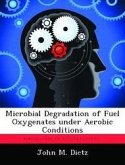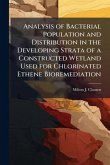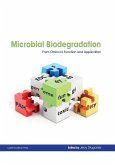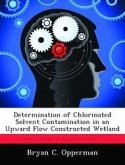Military aviation fuel systems can be an ideal environment for microorganisms. Microbial growth in hydrocarbon fuel systems arises because of the impracticality of keeping fuel tanks sterile and the inevitable presence of water from condensation. Microbial contaminants in aviation fuel systems are a concern because of their potential to degrade the fuel, accelerate tank corrosion, and threaten flight safety. This research addresses the concern of using more environmentally friendly Fuel System Icing Inhibitors (FSII), which are also biocidal. Are significant levels of microorganisms growing in military aviation fuel systems, and if so, are there any common variables? Forty aviation fuel samples were collected from fuel storage tanks (including flexible expeditionary fuel bladders), refueling trucks, and aircraft from 12 U.S. military bases. Samples were analyzed using peak naming and pattern recognition algorithms of sample extracts processed on a gas chromatograph. Significant levels of microorganisms were found in military aviation fuel systems. 90% (36 of 40) of fuel samples produced microbial growth. Over 40% of the serial dilutions that produced microbial growth were characterized as moderately or heavily contaminated samples. The microorganisms isolated were overwhelmingly Gram negative, anaerobic, bacilli with populations varying by orders of magnitude. This work has been selected by scholars as being culturally important, and is part of the knowledge base of civilization as we know it. This work was reproduced from the original artifact, and remains as true to the original work as possible. Therefore, you will see the original copyright references, library stamps (as most of these works have been housed in our most important libraries around the world), and other notations in the work. This work is in the public domain in the United States of America, and possibly other nations. Within the United States, you may freely copy and distribute this work, as no entity (individual or corporate) has a copyright on the body of the work. As a reproduction of a historical artifact, this work may contain missing or blurred pages, poor pictures, errant marks, etc. Scholars believe, and we concur, that this work is important enough to be preserved, reproduced, and made generally available to the public. We appreciate your support of the preservation process, and thank you for being an important part of keeping this knowledge alive and relevant.
Bitte wählen Sie Ihr Anliegen aus.
Rechnungen
Retourenschein anfordern
Bestellstatus
Storno








